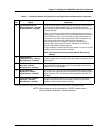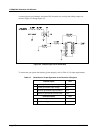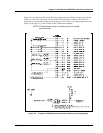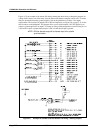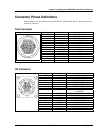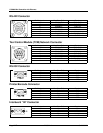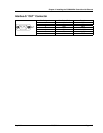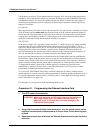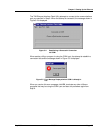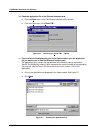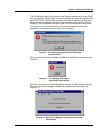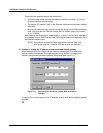
May 2002 T-38324-A Page 5-1
5. Setting Up the Ethernet
The CS4000 Mini Controller with Ethernet can be connected to an Ethernet Local Area Network
(LAN). This chapter describes the steps you must take to set up the Ethernet LAN:
• Programming the Ethernet interface card
• Setting up Visual Supervisor for networks
• Using Ethernet cables
•
Testing the network
Programming the Ethernet Interface Card
The Ethernet interface card, shown in Figure 3-10 on page 3-14, has its own firmware. You must
install this software on to the card before attempting to connect the controllers via the Ethernet.
To program the Ethernet interface card, you require:
• Pentium class laptop computer.
•
Microsoft Windows 95, 98, 2000, or Windows NT version 4.0 or above.
• At least 64 MB RAM for Windows 95, 98, 2000 or 128 MB for Windows NT.
•
Null modem cable with female-to-female connectors.
• TINI Ethernet Interface Flash Utility (Etherflash), version 1.2.
NOTE: Before programming the Ethernet interface card, it is
recommended that you make a note of its IP address and
subnet mask settings. If you do not know the IP address or
subnet mask setting, use the TINI Ethernet Flash Utility to read
them. Refer to Procedure 5-2 on page 5-10 for details.
Working with the IP Address, Subnet Mask and Default
Gateways
The Internet Protocol (IP) address identifies each individual device on a network. It is read by
router software which directs information across the network. The computer that controls the flow of
data in and out of a company’s network is the gateway between the company network and any other
networks attached to it. Sometimes, you may need to know the IP address of the gateway computer as
well - often referred to as the default gateway.
Without a correct IP address for each device on the network, and a subnet mask if the network is
divided into smaller sections called subnetworks, the Ethernet network cannot function correctly. In
the case of a controller, the IP address identifies the position of that specific controller on the local
area network (LAN) and it is needed to successfully transfer data in and out of the controller across
the network.



